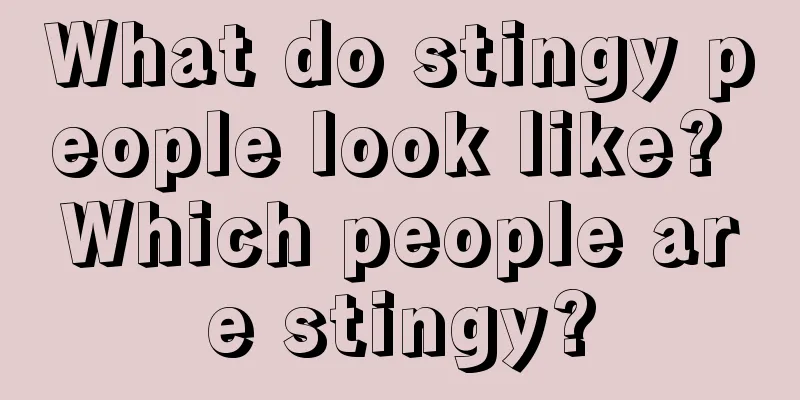Lightning Network too slow? Researchers propose new solution Sprite to improve payment channel efficiency

|
The concept of Lightning Network was officially launched in early 2015. It is regarded as one of the best solutions to Bitcoin's scaling challenges. After a year of development, Lightning Network is not far from its official release. However, a new paper recently released by a group of researchers proposes an entirely new payment framework that is said to be able to process transactions faster than the Lightning Network. The concepts proposed by the Lightning Network, such as payment channels, are closely related to the debate on Bitcoin expansion. Although this issue started with the debate on block capacity, it is ultimately related to the transaction volume processed by the entire network within a certain period of time. Directly increasing block capacity is one way to increase transaction throughput, and off-chain payments are also possible. Two or more parties conduct transactions through a dedicated payment channel, and only the last transaction is broadcast on the blockchain. The new paper, “Sprites: Faster Payment Channels Than Lightning,” calls the Lightning Network’s design “unnecessarily complex” and claims that Payment channel optimizationThe worst-case scenario mentioned here is the focus of Sprite's solution, and similar situations include disputes between parties involved in the payment channel. Andrew Miller, an assistant professor at the University of Illinois at Urbana-Champaign and one of the authors of the paper, said:
A primary goal of the Lightning Network is to facilitate cross-channel payments between parties that can’t directly establish a channel, so a way to reduce latency would be an important advantage. (Picture from the paper: channel delay, Lightning Network on the left, Sprite on the right) Soft Fork ObstaclesHowever, the mechanism for deploying Sprite micropayment channels cannot yet be written directly into the Bitcoin scripting language (as it is possible on the Ethereum blockchain). That is to say, in order to deploy this system in the Bitcoin network, new Bitcoin code must be added through a soft fork, just like other schemes such as Segregated Verification (SegWit). Miller said:
However, the paper has been published, and he believes that other researchers may find better ways to implement the Sprite system without changing the Bitcoin script language. At the same time, Miller also revealed that the authors of this paper have begun to contact the Lightning Network team, and they have also provided feedback and solution analysis. Additionally, they hope that the Raiden Network (Ethereum’s version of the Lightning Network) can adopt Sprite’s technology in the future. Patrick McCorry, a cryptocurrency researcher at Newcastle University in the UK and another author of the Sprites paper, said:
Ultimately, Miller said, developing solutions for bitcoin first and then moving on to other altcoins is likely to hinder development because researchers will have to deal with the complexity of bitcoin’s code.
|
<<: Bank of Canada welcomes more blockchain testing
Recommend
What are the characteristics of moles on the left chest? Is it a mole of wealth?
Moles are very common on our bodies. Everyone has...
What are the characteristics of a girl’s palm that indicates she will be rich and powerful?
In the feudal era, for a woman who depended on a ...
When will your luck turn for the better?
In the process of fortune telling or feng shui, n...
Face reading analysis: Is a short forehead a good thing?
In physiognomy, a person's forehead is very i...
What does your nose say about your life?
What does your nose say about your life? People w...
People with these three types of hand lines are destined to become rich
1. River pattern The most common palm lines are c...
Four reasons why the Bitcoin bull run is still going on
While $50,000 does not seem to be a strong suppor...
Physiognomy teaches you how to read the face of a person with thin nose
People with thin nose People with thin nose wings...
Is it good for women with low nose bridge to have good fortune? No big fortune, but continuous small fortune!
What does a woman with a low nose look like? If a...
What facial features are bad for your wife?
Physiognomy is one of China's traditional cul...
What kind of facial features will make men prosperous in middle age? Analysis of the middle-aged developed face
1. No white hair In physiognomy, if a man's h...
A woman who can control marriage according to her face
A woman who can control marriage according to her...
Moles on women that bring good luck to their husbands
Many men want to marry a woman who can bring good...
Potential coin XDAG Mineable DAG No pre-mining and no ICO
[Brief Introduction]: Dagger XDAG is a new crypto...
What happens if there is no destiny line?
Our hands may have mixed lines, no lines, interru...









